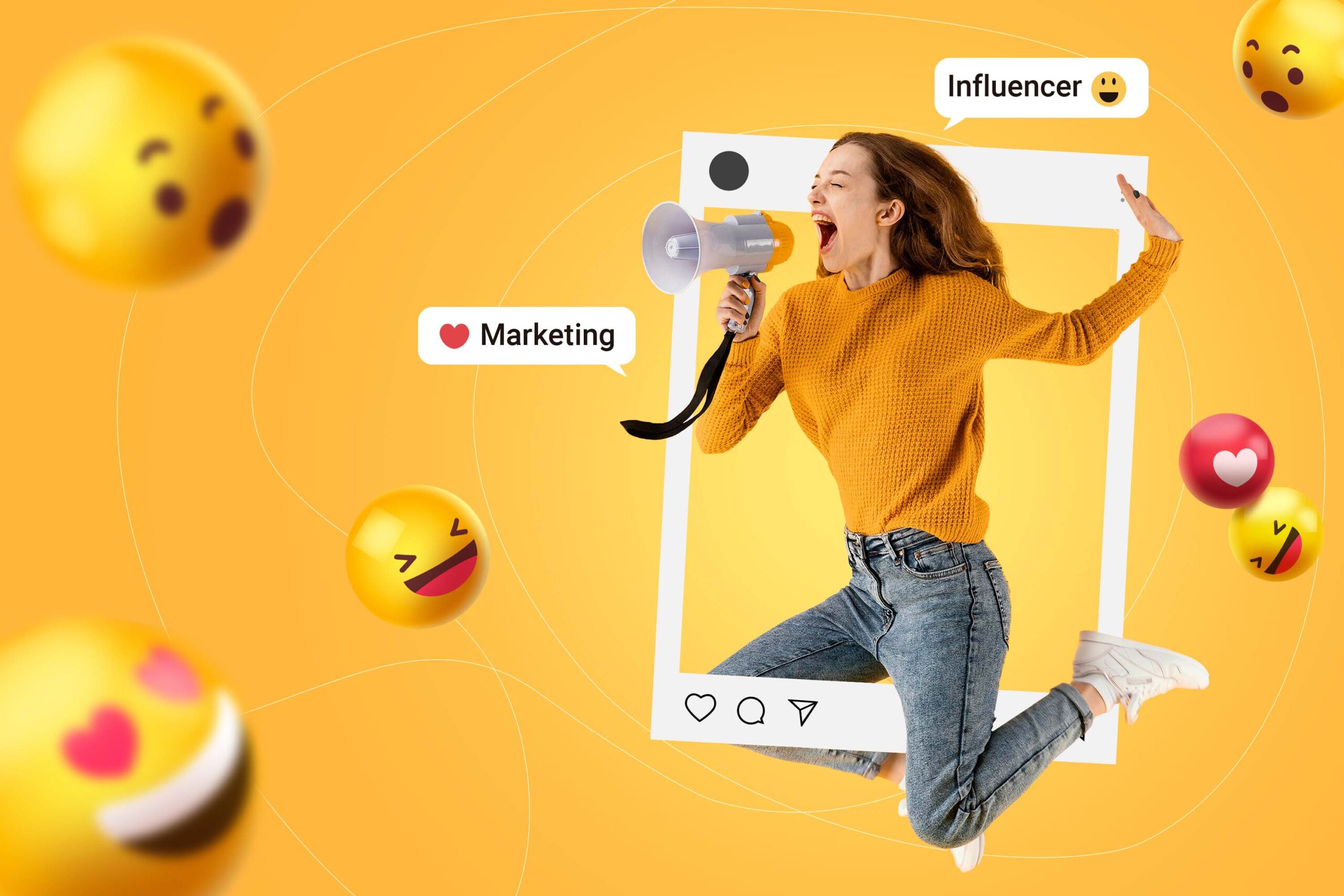Introduction
Welcome aboard! Please take your seat, make a cup of coffee, and enjoy our journey. Today’s discussion is about how an audience affects a company’s valuation.
Where does every business start? From the customer. Do you know who it is, exactly—your client?
Before we begin with this topic, we made a specific video demonstrating our unique strategy to raise your valuation via an audience.
The secret strategy for raising a company’s valuation!
Target Audience (TA)
Firstly, The audience that is being promoted to, is known as the target audience (TA). The advertiser is primarily interested in them, and they are most interested in acquiring a service, a product, or information. It is simple to state that your product satisfies consumer wants.
Lack of understanding of your audience, results in either a product’s total failure in the market or a considerable rise in promotion expenses.
Let’s take a look at an example. People in the beauty sector who wish to recommend their primary services to a client at their house or the location of the event. To launch an effective advertising campaign and attract new customers, you first need to find out who might need the services of such a professional. After analysis, we identify three or more audience segments. In our case, they are:
- Brides
- Housewives or mothers on maternity leave
- Citizens of the city’s outskirts
- Photography/Videography
- Сorporate events
What can we do with this knowledge now? Look for locations frequented by women who fit into these categories. These include large wedding salons, schools, kindergartens and the internet.
If our target audience is active on social media, it is important to communicate about yourself there. For the beauty industry, Instagram and YouTube are the most successful platforms for marketing, with extremely good outcomes.
Conclusion: It is necessary to determine and analyze the target audience at the initial stage of creating an advertising campaign.
Types of the target audience:
Both main and indirect, the principal makes the purchasing decision. Main is the initiator of the action, as opposed to indirect. For example, the main audience of children’s toys is kids, and their parents are an indirect audience, even if they are the ones who check the toy’s quality and make the purchase.
Narrow and wide TA is evident from the name. An example – is coffee lovers – a wide audience, and chicory lovers or coffee without caffeine – a narrow one.
Audience by type of target group Business-to-business (B2B) and consumer consumption are the target markets (B2C).
Audience by the purpose of visiting the site. Visitors to your site take two types of actions (buying and searching for information). This is the target market that is interested in the website’s content (visitors come for information), and visitors who are interested in the site’s products and services for future purchases.
Where we can find information about our audience:

- Questioning;
- Interviewing;
- Surveys;
- Socioeconomic traits;
- Geographical characteristics;
- Psychological and Behavioral qualities.
Try to interview as many people as possible or conduct a poll of opinion leaders. Look for information on related topics on forums, blogs, and social networks (public or private pages) on related topics. Additionally, always look for reasons to consume a product when researching it. You should portray the characteristics of your consumer appropriately.
Your potential audience needs to be divided into several segments so that each of them displays its advertising panel. While working with narrow segments, each of them has its own banner and CTA (Call to Action) landing page.

Hunt’s detection ladder and Sherrington’s 5W
These are two statistics that are commonly used for segmenting observations.
Mark Sherrington, a marketer, recommended utilizing segmentation.
Always ask yourself with 5W:
What – a description of the product’s or service’s unique features;
Who – the targeted client’s attributes;
Why – what influences a consumer’s decision to purchase a product or service;
When – the time of purchase;
Where – the location of the selling of goods/services.
Segmenting these questions helps to better understand each consumer segment’s motivations, pains, and challenges.
Hunt ladder method.
Hunt’s “ladder” consists of 5 steps – levels of customer involvement and recognition of your product. This one assumes that the customer goes through 5 steps before making a purchase:
- Lack of need or indifference;
- Discovery of need;
- Search for a solution;
- Product selection;
- Making a purchase.
For each stage, we build communication differently, and use various advertising tools. For example, you can utilize SEO when searching for a solution. And at the product selection stage, use retargeting.
Fun Fact: A survey about possible reasons to snack helped Nestle distinguish itself in a segment of the target audience known as “depressed chocolate lovers,” who prefer to buy sweets in pricey boxes. By focusing on a smaller audience, the new candy advertising technique enhanced sales while lowering promotion expenditures.
The subjects of your content should be of interest to the target audience and be among the topics in which you are an expert. A successful approach does not need the creation of viral content. You have to be consistent and truthful with your consumers.
List of useful programs and services.
Surveymonkey.com – there is an opportunity to try it for free, convenient functionality.
Qualaroo.com – A popular service with many useful features, including even survey targeting.
Google Forms and Google Analytics are, of course, convenient and free.
Google Trends – is a tool for determining the mood of the target audience: what keywords users use to find your product, how often user interest in the product/service has changed, as well as the number of requests and the regional affiliation of those requests.
Studying the target audience can help you:
- Make suitable offers;
- Spend less money on their promotion;
- Know whom to sell your product to and where to seek clients;
- Establish a strong position in the market.
- Boost Conversions.
Always analyze your target audience, even if it seems that everyone needs your product. The more accurately you describe and characterize your customers, the higher the chances of success. For instance, suppose you decide to sell merchandise. Because the majority of the country’s population needs clothing, your target audience appears to be practically everyone. But consider for a moment that only one product can be diverse and specific depending on whose demands it satisfies: a designer hat with unique embroidery and a woolen three-layer earflap address various difficulties and are purchased by different people. Remember that there are a lot of fish in the ocean, you just need the right strategies and tools to catch the most.
We hope that this article was eye-opening and helpful!
If you want some extra help getting your short videos created. Feel free to contact us or setup a meeting.
Let’s discuss how to grow your business using our service for short form content on social media.




